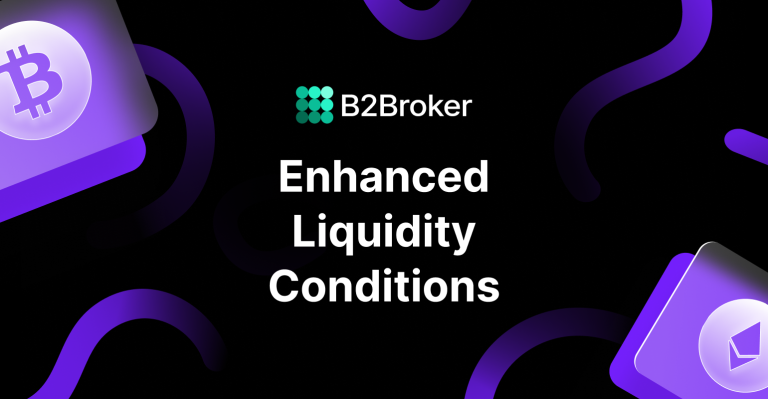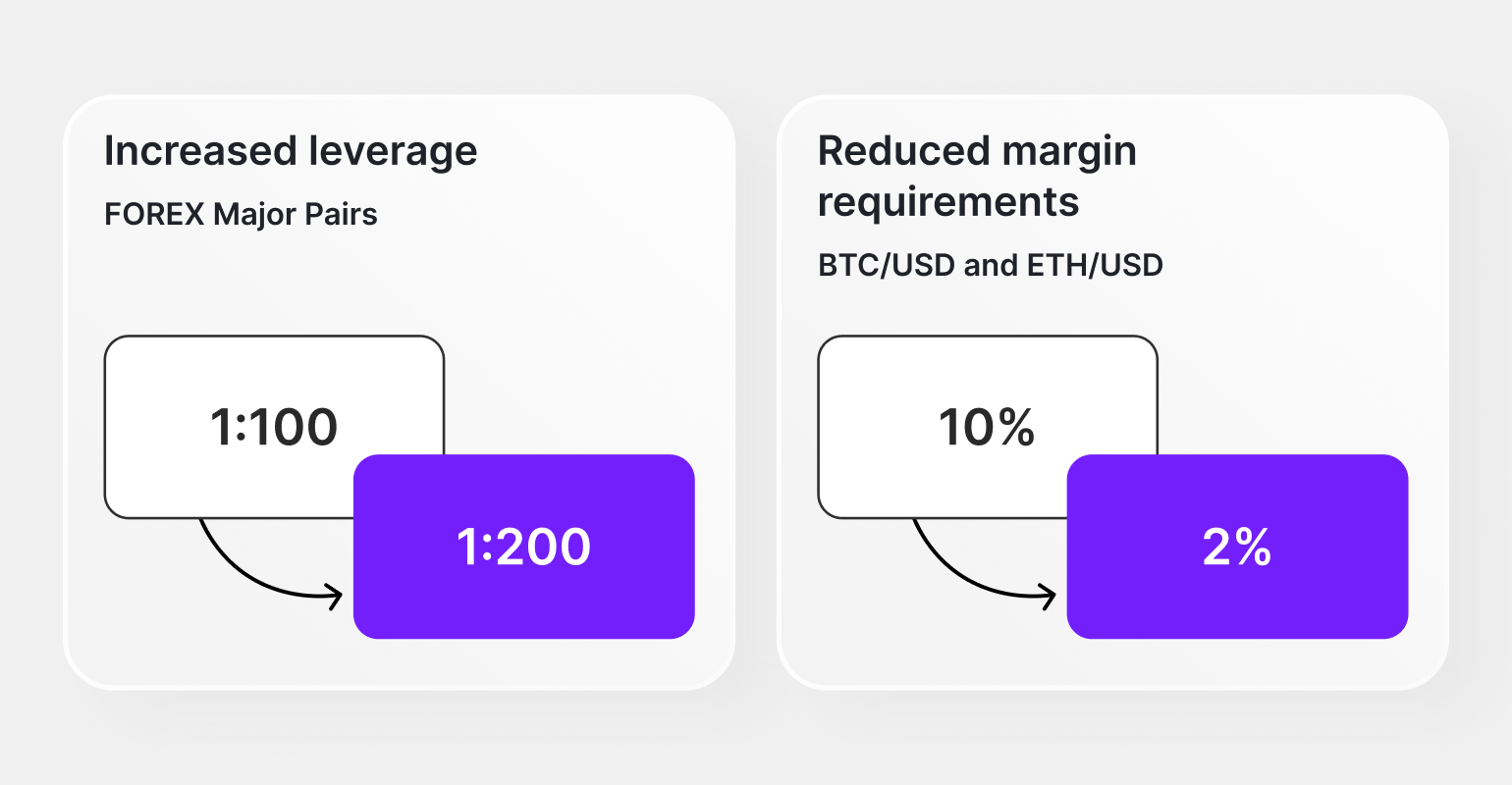In today’s digital marketplace, a crypto payment processor for business is not just a novelty—it’s a necessity for tapping into global markets and enhancing security while keeping costs down. This article equips you with the knowledge to choose a processor that fits your unique business requirements, grounds you in the practical steps of integration, and navigates the complexities of crypto transactions with confidence. The growing trend among businesses to accept crypto payments is reshaping how companies tap into global markets and enhance their transaction security.
Navigating the World of Crypto Payment Processors
The emergence of cryptocurrency payment gateways represents a strategic move that enables retailers to harness the efficiency of blockchain technology for everyday transactions. Imagine the ability to swiftly convert cryptocurrencies into your currency of choice and have it deposited in your account, circumventing the usual delays found in conventional payment methods.
These crypto processors make this possible by ensuring smooth and reliable transaction processes that are both rapid and secure. Cryptocurrency payment gateways offer key features such as advanced security measures, including encryption and two-factor authentication, and support for multiple cryptocurrencies, simplifying the checkout process and enhancing customer experience. Given their low processing fees and heightened security measures, it’s understandable why an increasing number of businesses are looking to accept payments in crypto.
Selecting Your Crypto Payment Gateway
is akin to choosing an ally for your enterprise, necessitating reliability and alignment with your fiscal ambitions. Keep transaction costs in mind. Competitive gateways typically hover around the 1% mark. It’s crucial to avoid those imposing excessive charges that could negate the advantages of adopting crypto payments. Security is imperative. Choose a gateway fortified with stringent security protocols safeguarding your financial interactions from online threats.
A broad spectrum of supported digital currencies can render a payment gateway more appealing to diverse clientele, enabling transactions in popular cryptocurrencies such as Bitcoin, Ethereum, Litecoin, Ripple, and Bitcoin Cash, and offering the convenience of converting cryptocurrencies into fiat currencies like USD, EUR, and GBP. This feature not only facilitates transactions but also allows businesses to withdraw the converted funds directly into the merchant’s bank account, ensuring ease of accounting and taxation procedures.
Offering customers various payment methods through additional features like currency conversion facilities, withdrawal capabilities to a merchant’s bank account, and recurring transaction support can significantly elevate the functionality provided by a crypto payment platform.
Lastly, but importantly, consider how licensing along with an array of services reflects on the trustworthiness and adaptability of a payment processor for different types of commercial ventures.
Integration into Your Current Payment Systems
A crypto payment gateway’s core advantage is its seamless compatibility with existing payment infrastructures. Whether you manage a brick-and-mortar location or an e-commerce platform, companies specializing in crypto solutions are skilled at crafting integrations that fit within your business processes. This enables the addition of cryptocurrency payments to complement rather than disrupt your present workflow.
Adopting crypto payments into your system opens the door for direct receipt of funds from customers across the globe. The aim is to simplify the integration process as much as possible so that it does not detract from your primary focus—managing and growing your enterprise. While you concentrate on business operations, let a robust payment gateway service manage the sophisticated mechanics behind handling payments in the dynamic realm of cryptocurrencies.
The Onboarding Process
Delving into the world of crypto payments need not be overwhelming. A multitude of businesses have already reaped the benefits from a clear and concise onboarding process, which premier crypto payment processors provide. You’ll receive unwavering assistance from a committed support team, who will assist you at every turn to ensure your foray into cryptocurrency payments is seamless.
As part of this journey, everything from initializing your wallet to incorporating payment links onto your online storefront has been streamlined for rapid deployment. Embracing the acceptance of crypto payments represents not only an intelligent move strategically, but also aligns with securing the future viability of your business in an evolving digital economy.
Enhancing Business Cash Flow with Cryptocurrency Payments
In the dynamic business environment, maintaining a healthy cash flow is crucial. Businesses can significantly improve their financial standing by leveraging cryptocurrency payments due to their typically lower transaction fees compared to traditional card transactions.
These savings from reduced transaction costs for crypto payments directly bolster a business’s cash flow, freeing up additional capital that can be used for investment, expansion, and innovation.
Speedier Transactions, Quicker Settlements
Time equals money, and crypto payment gateways offer businesses the opportunity to capitalize on both. Here are some benefits of using crypto payment gateways:
- Almost instant conversion and settlement of funds, reducing the time and costs associated with cross-border transactions
- The practicality of international payments, making them not just possible but efficient
- Ability to rapidly process payments on a global scale, which is advantageous for businesses dealing with high-volume transactions
Using crypto payment gateways can help businesses save time and money while expanding their global reach.
Moreover, the blockchain technology that underpins cryptocurrencies like Bitcoin facilitates these rapid international payments by operating on a decentralized, borderless platform. This not only streamlines transactions but also mitigates the risks and costs typically associated with traditional payment methods.
Diversifying Payment Options to Attract New Markets
Incorporating cryptocurrency payments allows businesses to tap into the growing market of digital currency transactions by:
- Expanding their customer base on a global scale
- Positioning themselves advantageously in areas with limited traditional banking infrastructure or where local currencies are subject to instability
- Opening up opportunities for commerce with millions of new customers who prefer using digital currencies for their financial activities
This shift is not solely about staying current with technological advancements—it represents an opportunity to connect with a vast number of new patrons who are increasingly adopting digital currencies as their medium for monetary exchanges.
The adoption of cryptocurrency payments can offer significant advantages to businesses, such as:
- Appealing to and engaging a tech-savvy audience while showcasing the company’s dedication towards modernization and enhancing customer ease.
- The potential cut in processing costs by up 80%, positively impacting profit margins significantly.
- Serving as an attractive option especially for those business owners looking at cost-effective transaction methods.
Crypto Payment Processor Features That Matter
Selecting a crypto payment processor is an essential choice that can significantly affect the appropriateness for your business, where specific attributes are particularly crucial. The advantage of low fees is pronounced. Transaction costs associated with crypto payments are substantially less compared to traditional payment avenues, which could profoundly benefit your business’s financial wellbeing and transaction expenses.
Customization and Flexibility
The ability to customize and tailor crypto payment solutions to your business’s specific needs is invaluable. Here are some key features to consider.
- Choose between custodial and non-custodial wallets.
- Manage different types of crypto wallets for reserves and transactions.
- Use a wallet that supports multiple cryptocurrencies to cater to diverse customer preferences.
Flexibility is key when it comes to crypto payment solutions, and having a reliable crypto wallet is essential.
Some crypto payment gateways offer universal applicability with a 99.99% acceptance rate, which means they can accommodate a wide range of business types, from online stores to physical stores, without any hassle. The right gateway should align with your financial goals, business model, and user preferences, providing the customization necessary to thrive in the crypto world.
Security and Compliance
In this digital age, security and compliance are paramount. Crypto payment processors bring a suite of robust security measures that include:
- The use of encryption to shield financial information from online threats
- Distributed storage solutions that prevent the centralization of data vulnerabilities
- The implementation of blockchain technology to strengthen transactional integrity and diminish fraud risks
These attributes position crypto payment processors as reliable guardians in the execution of secure transactions.
For businesses seeking unfaltering protection while handling diverse cryptocurrencies, crypto payment services stand out as essential. Staffed by experts proficient in both cryptocurrency intricacies and combating financial crime, these processing entities ensure conformity with anti-money laundering statutes—thereby maintaining your business’s legal standing firmly within regulatory boundaries.
Final Thoughts
Delving into the realm of cryptocurrency payments isn’t simply an uncertain endeavor. It represents a deliberate move to place your business on the cutting edge of technological advancement. We’ve seen that crypto payment processors present numerous benefits—ranging from lower transaction fees and faster processing times to improved security and worldwide reach—that can have a substantial effect on your company’s financial performance. The capacity for tailored payment solutions, along with guaranteed security and adherence to regulations, empowers enterprises big and small to confidently steer through the nuances of the crypto world.
Adopting cryptocurrency as a means for transactions signals that a business is adaptable, progressive, and poised to penetrate emerging markets. With digital currencies increasingly becoming normalized in mainstream use, those companies which have woven crypto payment systems into their infrastructures will be primed to successfully navigate future trends in commerce.















 Bitcoin
Bitcoin  Ethereum
Ethereum  Tether
Tether  XRP
XRP  USDC
USDC  TRON
TRON  Lido Staked Ether
Lido Staked Ether  Cardano
Cardano  Avalanche
Avalanche  Toncoin
Toncoin  Wrapped SOL
Wrapped SOL